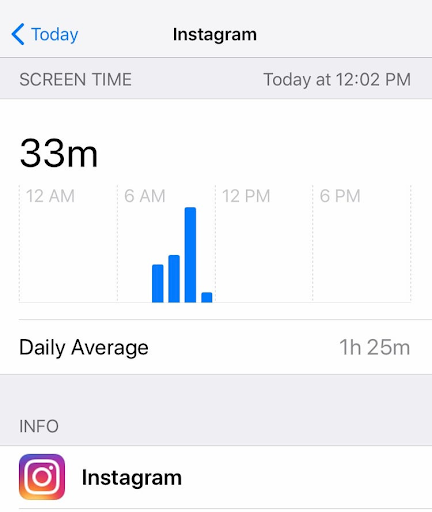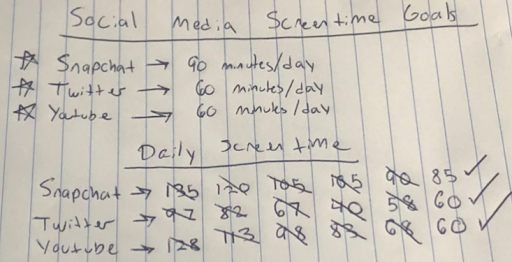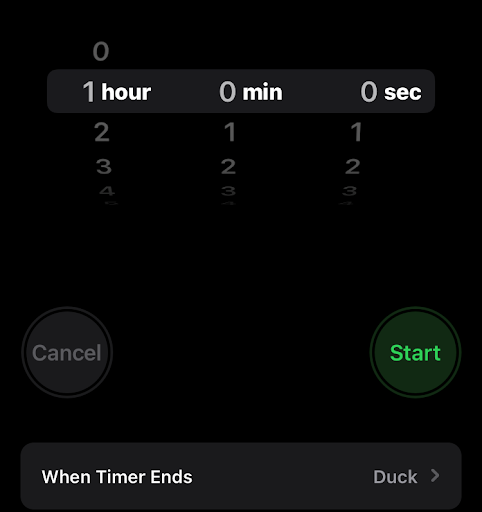Kicking Social Media Addiction
By Ashton, a UNC Sophomore
Somewhere in this year of quarantine, I went from just casually using social media to being a full on addict. Between Snapchat, Twitter, Youtube, and Instagram, my attention span was totally shot as notifications, dings, and buzzes pulled me away from class, homework, and even sleep. After a few months, I’d become a master at logging onto Zoom calls with half my attention and getting by with only half a night’s rest.
Worst of all, I’d also become quite good at ignoring or shrugging off the realities of my social media addiction. In my mind, Snapchat and Twitter were a replacement for the downtime I used to have with my friends before quarantine. Also, Youtube and Instagram were just a harmless way of passing time.
Honestly, how much can just a few videos and posts a day add up?
Well, according to the Apple Screen Time feature, quite a bit. Like so much that “a few hours” was a hilariously tragic understatement of my daily social media habits. What I could’ve sworn was maybe an hour of Snapping stacked up to nearly four hours a day and my Youtube and Twitter stats weren’t far behind.
On my worst day, I had somehow blown nine hours between these apps. After closing out of Apple’s Screen Time break-down, I nearly had a breakdown of my own before deciding something had to be done.

My first thought was to go cold-turkey. I deleted everything off my phone and in the next few days decided to spend all of my free time doing the things I really cared about. I was going on more runs, reading more, playing more music, and I was completely miserable. My willpower and optimism were drained in a few days flat.
It wasn’t the lack of content that demoralized me, but the lack of interaction. With many of my close friends still many miles away because of COVID, I realized that social media was something I actually needed in my life, that it wasn’t as evil as I had psyched myself into thinking.
Therefore, my second approach was to strike a balance between staring at my phone all day and being an anti-social productivity machine. For me, this looked like cutting back by fifteen minutes a day (and checking my Screen Time daily to stay accountable). Why fifteen minutes? For me, it’s memorable and, most importantly, doable. I also jotted down some longer term time goals that I could easily break down into my fifteen-minute daily goals.

I made sure to set timers too. I picked the most annoying sounds my phone could make, which prevented me from “accidentally” losing track of time. Beyond that, I decided against reinstalling any other apps (like Instagram and Facebook) that I never really enjoyed in the first place.

Although it wasn’t easy, I’m glad I made an effort to be aware of how I spend my time. I’ve absolutely failed more times than I can remember, but the hours I’m saving every day is more than worth the struggle. In fact, I find that between having more hours to exercise, read, and be present in school, I’m honestly too tired by the end of the day to stay up late on my phone–even if I wanted to.
This blog showcases the perspectives of UNC Chapel Hill community members learning and writing online. If you want to talk to a Writing and Learning Center coach about implementing strategies described in the blog, make an appointment with a writing coach, a peer tutor, or an academic coach today. Have an idea for a blog post about how you are learning and writing remotely? Contact us here.

